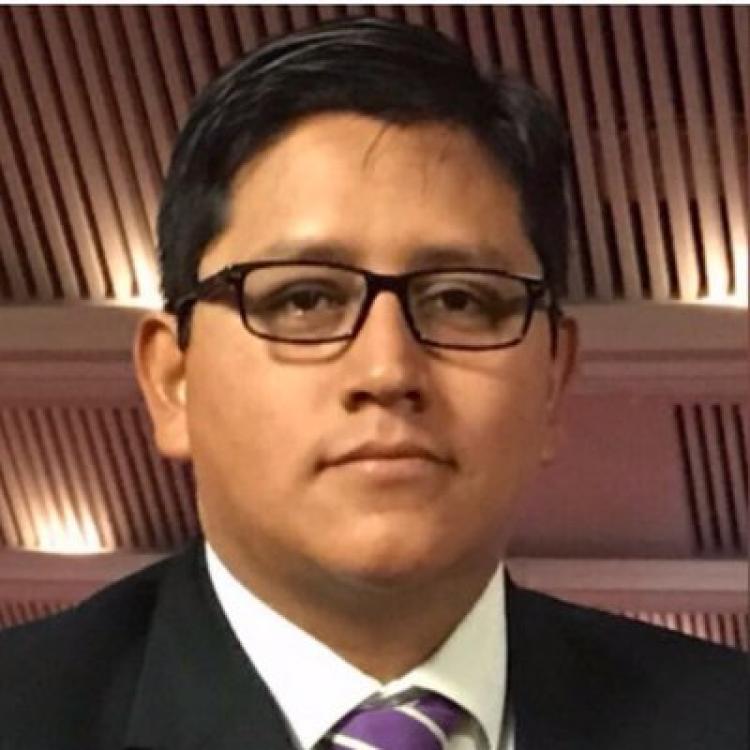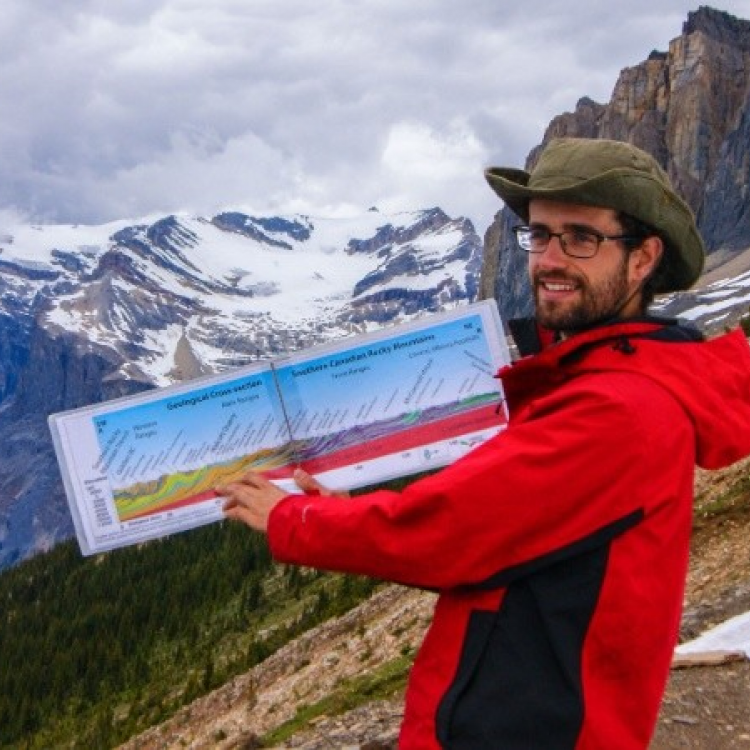Introduction to Geothermal Drilling Engineering
The introductory session will inform the students about the different types of geothermal resources and the sequence of events in the drilling of a geothermal resource well. There are similarities and differences between the drilling of an oil/gas well versus the drilling of a geothermal well and a few main examples will be presented and discussed. This session will be completed with a discussion about certain questions that need to be answered prior to designing a geothermal well. Before beginning any drilling project, certain questions need to be answered. Those questions will be defined during this session.
Well and Casing Design
Many components of an actual drilling program will be described, planned with their importance specified. Well design is the development stage when what is known about the well is used to pick diameters and casing points and consider problem intervals. It is the beginning of selecting the drilling engineering aspects of the well construction. Well Design sets the diameters and casing points, Casing Design selects the casing type, threaded connection, weight and grade to satisfy the conditions of the well design for the least possible cost. This session will discuss the mathematics needed to perform a casing design on a geothermal well.
Rigs and Equipment
To economically drill and complete a well, the best equipment for the job must be determined. The Rigs and Equipment session will generally cover the definition of different rig types and how they differ. The major component systems of drilling rigs will be covered such as the Hoisting system, Rotating system, Circulating system and Power system. A detailed description of the Well Control (BOP) stack will also be discussed. To finish the section a brief discussion of different rig contracts will be lead.
Drilling Fluids
The first line of defense against any well control situation, hole stability problems and hole cleaning concerns is the drilling fluid system. Drilling Fluids serve many purposes during the drilling of a geothermal well. This session will inform the students what drilling fluids are used for and what properties should be maintained and monitored. The instructors will also cover the testing of drilling fluids and the additives that are needed to insure that the drilling fluids’ performance is optimal.
Cementing
The most important aspect of a successful geothermal well is a good primary cement job on all casing strings. A proper cement job is critical in the construction of a geothermal well. The instructors will teach about the history of cementing and its importance. The presenters will also teach rudimentary cementing calculations such as calculating volume, slurries and hydrostatics. Testing equipment and cement properties will also be covered.
Well Control
Well control is defined as the methods used to control a kick and prevent the well from blowing out. This session will teach about the major causes of well kicks and blowouts, how to identify the kick, how to control a kick and how to re-establish control of well once an event has occurred. This session will cover how to control a well and kill the uncontrolled flow safely. This session will act as a brief introduction into well control.
Drilling Tools
The drilling tools session will cover the variety of downhole drilling tools that are used throughout the construction of a geothermal well. The students will be instructed on bits, stabilization, impact tools, subs, weighted tubular and bottom hole assembly design. Fishing tools and drilling parameters will also be covered in this section.
Directional Drilling
The session will briefly cover aspects of directional drilling such as deviation control, azimuth and inclination control and tools. The history and proper application of directional drilling will also be discussed in depth.
Drilling Program and Cost Estimating
This last session will consist of the building of a drilling program and cost estimate. The class will be lead through an example drilling program and estimating procedure. An example well will be created and the class will be encouraged to participate in the discussion and development of the drilling program.







































































































































































































































